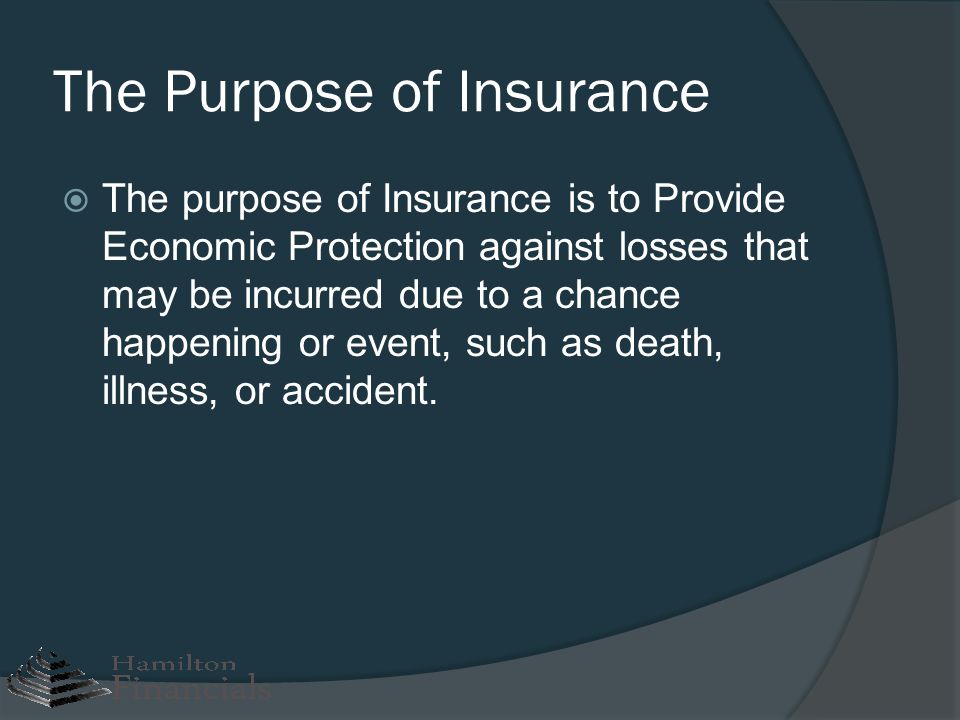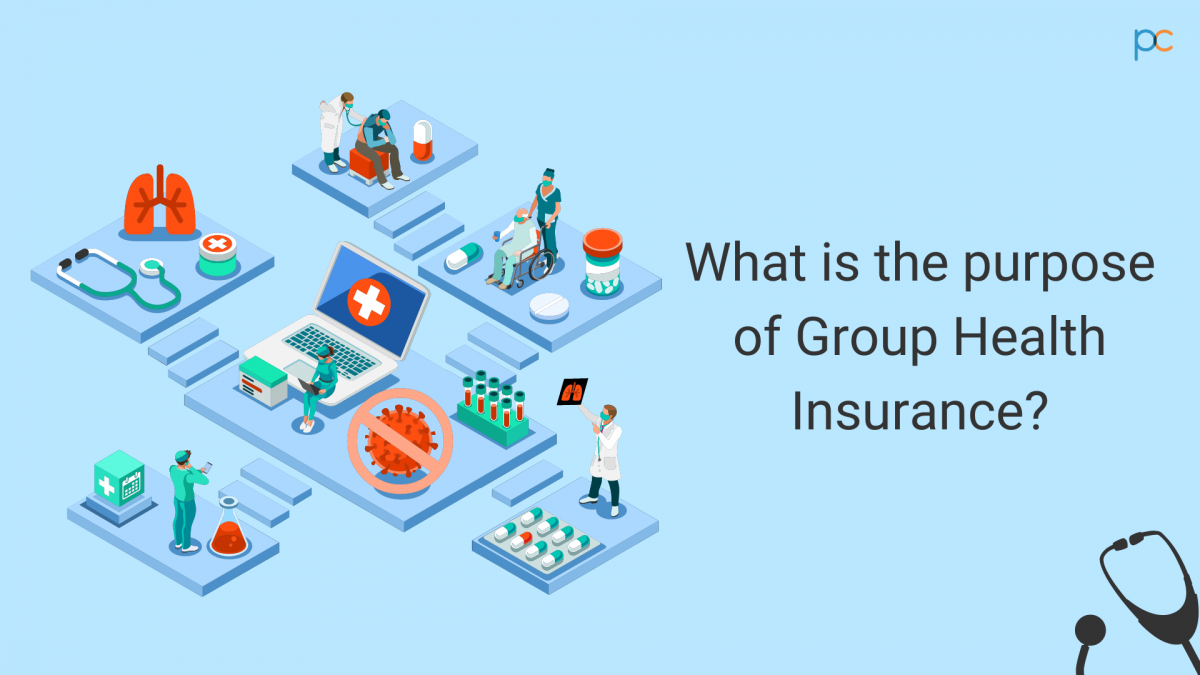Get This Report on Pacific Prime
Wiki Article
Our Pacific Prime Statements
Table of Contents10 Easy Facts About Pacific Prime ExplainedAll About Pacific PrimeRumored Buzz on Pacific PrimeRumored Buzz on Pacific PrimeThe Definitive Guide to Pacific Prime

This is since the data were collected for a period of solid financial efficiency. Of the approximated 42 million individuals that were uninsured, just about regarding 420,000 (regarding 1 percent) were under 65 years of age, the age at which most Americans come to be qualified for Medicare; 32 million were grownups between ages 18 and 65, about 19 percent of all grownups in this age; and 10 million were youngsters under 18 years old, concerning 13.9 percent of all kids (Mills, 2000).
These quotes of the variety of persons without insurance are generated from the annual March Supplement to the Current Population Survey (CPS), conducted by the Census Bureau. Unless or else kept in mind, national quotes of people without health insurance coverage and percentages of the population with different sort of protection are based upon the CPS, the most commonly utilized source of estimates of insurance coverage and uninsurance prices.
The Basic Principles Of Pacific Prime

Still, the CPS is especially helpful because it produces annual estimates relatively rapidly, reporting the previous year's insurance coverage estimates each September, and because it is the basis for a consistent set of price quotes for even more than twenty years, enabling analysis of patterns in coverage over time. For these factors, as well as the extensive usage of the CPS in various other researches of insurance policy coverage that exist in this report, we count on CPS price quotes, with restrictions noted.

The quote of the variety of uninsured individuals expands when a population's insurance policy condition is tracked for several years. Over a three-year duration beginning early in 1993, 72 million people, 29 percent of the united state populace, were without coverage for at the very least one month. Within a single year (1994 ), 53 million people experienced at the very least a month without insurance coverage (Bennefield, 1998a)
Six out of every ten without insurance adults are themselves used. Working does enhance the chance that one and one's household members will have insurance coverage, it is not a warranty. Even participants of families with two permanent breadwinner have nearly a one-in-ten possibility of being without insurance (9.1 percent without insurance rate) (Hoffman and Pohl, 2000).
The 2-Minute Rule for Pacific Prime
New immigrants represent a significant proportion of individuals without health insurance. One evaluation has actually connected a considerable part of the recent development in the size of the united state without insurance populace to immigrants who got here in the country between 1994 and 1998 (Camarota and Edwards, 2000). Recent immigrants (those that involved the United States within the previous 4 years) do have a high rate of being without insurance (46 percent), however they and their children account for simply 6 percent of those without insurance coverage nationally (Holahan et al., 2001).The relationship between medical insurance and accessibility to care is well established, as documented later on in this chapter. Although the partnership in between medical insurance and wellness outcomes is neither straight nor simple, an extensive scientific and wellness services research study literary works links health insurance protection to improved access to care, better top quality, and improved personal and population health and wellness standing.
Degrees of evaluation for taking a look at the effects of uninsurance. It focuses specifically on those without any wellness insurance coverage for any type of length of time.
Some Known Facts About Pacific Prime.
The problems faced by the underinsured are in some aspects comparable to those encountered by the without insurance, although they are normally much less extreme. global health insurance. Uninsurance and underinsurance, however, include noticeably various plan issues, and the strategies for addressing them may vary. Throughout this study and the 5 records to adhere to, the major focus gets on persons without any medical insurance and thus no aid in spending for healthcare beyond what is readily available via charity and security net establishments
Medical insurance is an effective element affecting receipt of treatment due to the fact that both individuals and physicians react to the out-of-pocket cost of solutions - https://hearthis.at/freddy-smith-k8/set/pacific-prime/. Medical insurance, nevertheless, is neither required neither enough to obtain access to clinical services. The independent and direct impact of wellness insurance protection on access to health and wellness solutions is well developed.
Others will get the healthcare they need also without health and wellness insurance coverage, by spending for it expense or seeking it from suppliers that use treatment totally free or at extremely subsidized prices. For still others, medical insurance alone does not guarantee receipt of care due to various other nonfinancial obstacles, such as an absence of healthcare companies in their neighborhood, minimal accessibility to transport, illiteracy, or etymological and cultural distinctions.
Pacific Prime for Beginners
Formal research about without insurance populations in the United States dates to the late 1920s and very early 1930s official source when the Board on the Price of Healthcare produced a collection of records regarding financing physician workplace check outs and hospital stays. This problem became salient as the varieties of clinically indigent climbed throughout the Great Clinical depression.Report this wiki page